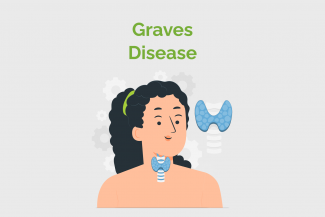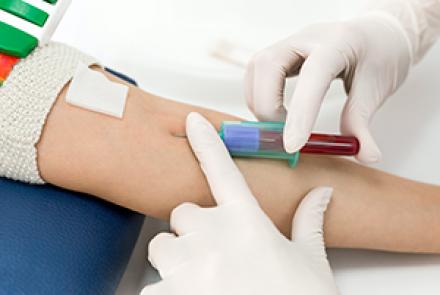
What are the symptoms of Graves’ disease?
The early symptoms of Graves’ disease include:
- Weight loss (despite increased appetite)
- Anxiety, irritability, difficulty sleeping (insomnia)
- Heat intolerance, sweating
- Shortness of breath, difficulty breathing
- Increased stool frequency (with or without diarrhoea)
- Irregular menstrual periods in women
- Goiter
- Prominent, bulging eyes
If Graves’ disease goes untreated, physical signs and symptoms may develop:
Goiter: A goiter is an enlarged thyroid gland. As the thyroid gets bigger, the patient’s neck may begin to look full or swollen. Sometimes a goiter makes swallowing difficult, causes coughing, and may disrupt sleep.
Eye Problems: Eye disease related to Graves’ disease is called Graves’ ophthalmopathy in which one or both eyes may protrude from the eye sockets (also called the orbits). The medical term for this is exophthalmos, and it can make you appear as though you are staring. If Graves’ disease is not treated properly, then eye symptoms begin within a duration of 6 months. Eye condition resolves with proper treatment.
Skin Thickening: Some patients with Graves’ disease may develop thickening of the skin over the front of the lower leg called the tibia. The disorder causes skin lesions that are patchy and pink. Rarely are other areas of skin affected. This skin problem is called pretibial myxedema. This is resolved with treatment.














